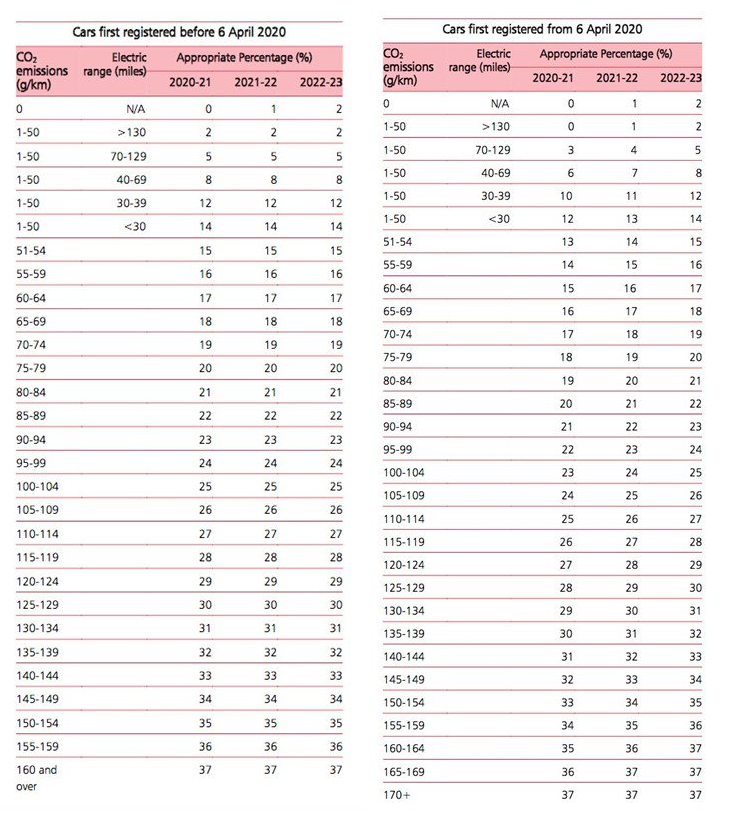Alternatively fuelled vehicles, including both pure and hybrid electric vehicles (commonly referred to as EV’s), have now become an integral part of the UK’s automobile industry. This year more electric vehicles have come onto the market and manufacturers have also announced the launch of multiple new EV models in 2020.
The number of charging points available to drivers of EVs has also increased considerably this year, with many charging points now available in supermarket car parks, allowing drivers to charge up their batteries whilst shopping for their groceries.

